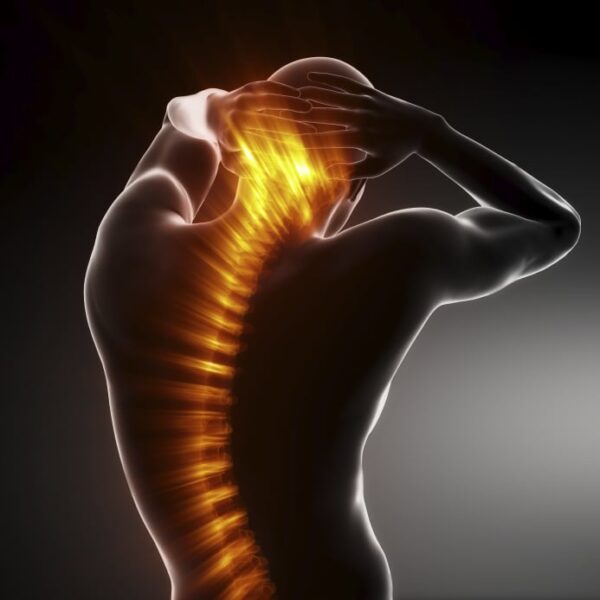
Medical experience has shown the critical role that patient motivation plays in recovering from a spinal cord injury or stroke. Up until now, however, there has been a lack of neuroscientific data that explains how this motivation impacts or promotes the recovery of motor function.
A recent study conducted by Japanese researchers focused on the neuronal activity of macaque monkeys with spinal injury to determine how it affected motor functioning during the early phases of recovery. When the animal’s nucleus accumbens was temporarily blocked, researchers noted a marked decline in finger dexterity and overall motor cortex activity. The nucleus accumbens plays a major role in the mental processing of reward, reinforcement, pleasure and motivation. The researchers found that this neural region makes a pivotal contribution to the restoration of hand control following spinal cord damage.
“Our result suggests that in the early stage after brain injury including spinal cord injury, it is important to motivate the patients for promoting functional recovery in rehabilitation. Psychological support for these patients may be important,” concluded lead researcher Dr. Yukio Nishimura. The findings were published in the October 2015 edition of Science.
About spinal cord injuries
Traumatic spinal cord injury results from a sudden blow to the spine that that crushes, compresses, dislocates or fractures vertebrae. Displaced shards of vertebrae and ligaments can rip into spinal cord tissue, causing widespread inflammation, bleeding and fluid accumulation.
Damage to nerve fibers then hampers or completely impairs muscles and nerves below the site of trauma. Depending on the severity and location of the spinal cord injury, a victim may lose bowel or bladder control, experience reduced hand dexterity, lose speaking abilities, or suffer from partial or total paralysis in the arms, legs and trunk.
The following are the most common causes of spinal cord injuries:
- Motor vehicle and motorcycle accidents (more than 35 percent)
- Falls – more prevalent in the elderly (25 percent)
- Sports injuries (15 percent)
- Knife or gunshot wounds (15 percent)
- Alcohol-related accidents
- Diseases such as osteoporosis and cancer
Living with spinal cord injuries
According to the CDC and the University of Alabama National Spinal Cord Injury Statistical Center, the costs of living with spinal cord damage can run into the millions of dollars. As an example, someone who suffers a C1-C4 injury and is a tetraplegic can expect to incur medical costs of $1,023,924 in the first year, and $171,808 for each following year.
For many underinsured or uninsured individuals, these types of expenses can undermine a family’s financial security, putting some on the edge of bankruptcy and home foreclosure. In situations where injury was caused by the negligence of a third party, such as a drunk or reckless driver, victims have the right to pursue legal compensation. A large settlement or verdict can ensure victims receive the best treatments and rehabilitation, and medical bills get paid.
Maine accident attorneys at Hardy, Wolf & Downing offer free consultations to individuals in need of sound legal advice. To learn more or schedule an appointment, please call 1-800-INJURED. Our attorneys serve the Bangor, Lewiston, Auburn and Portland areas.

